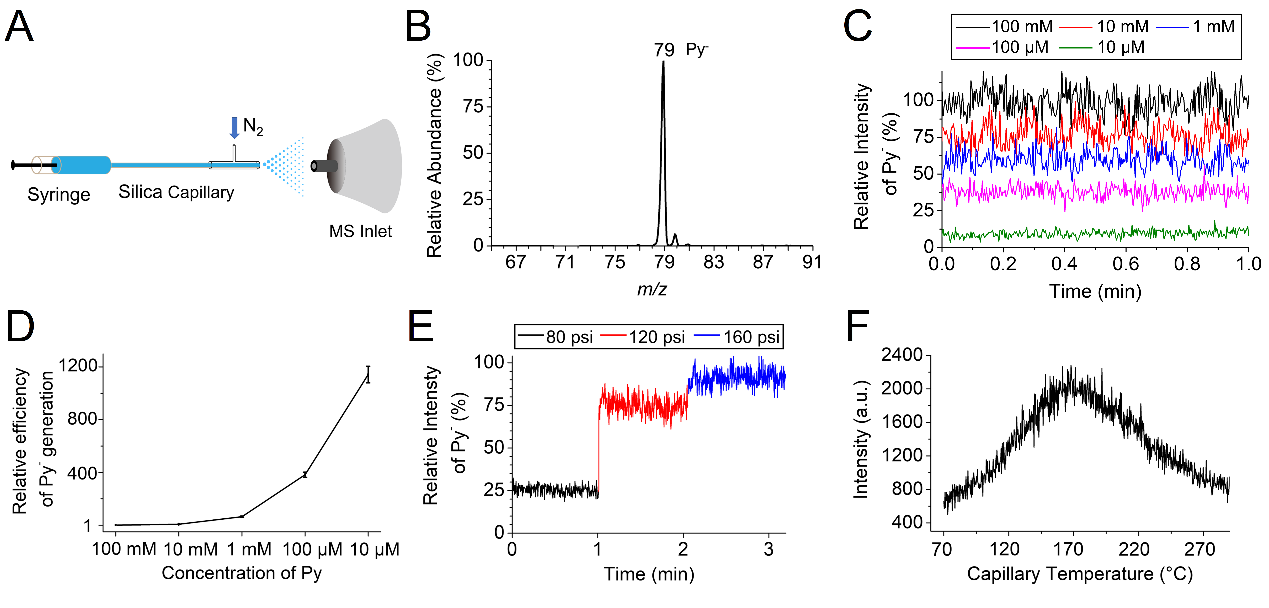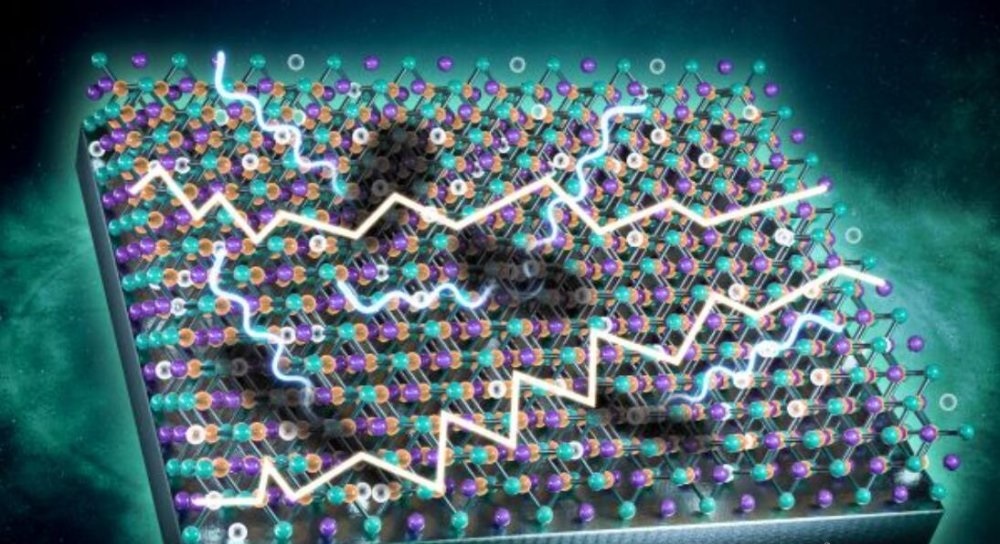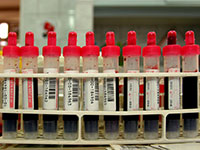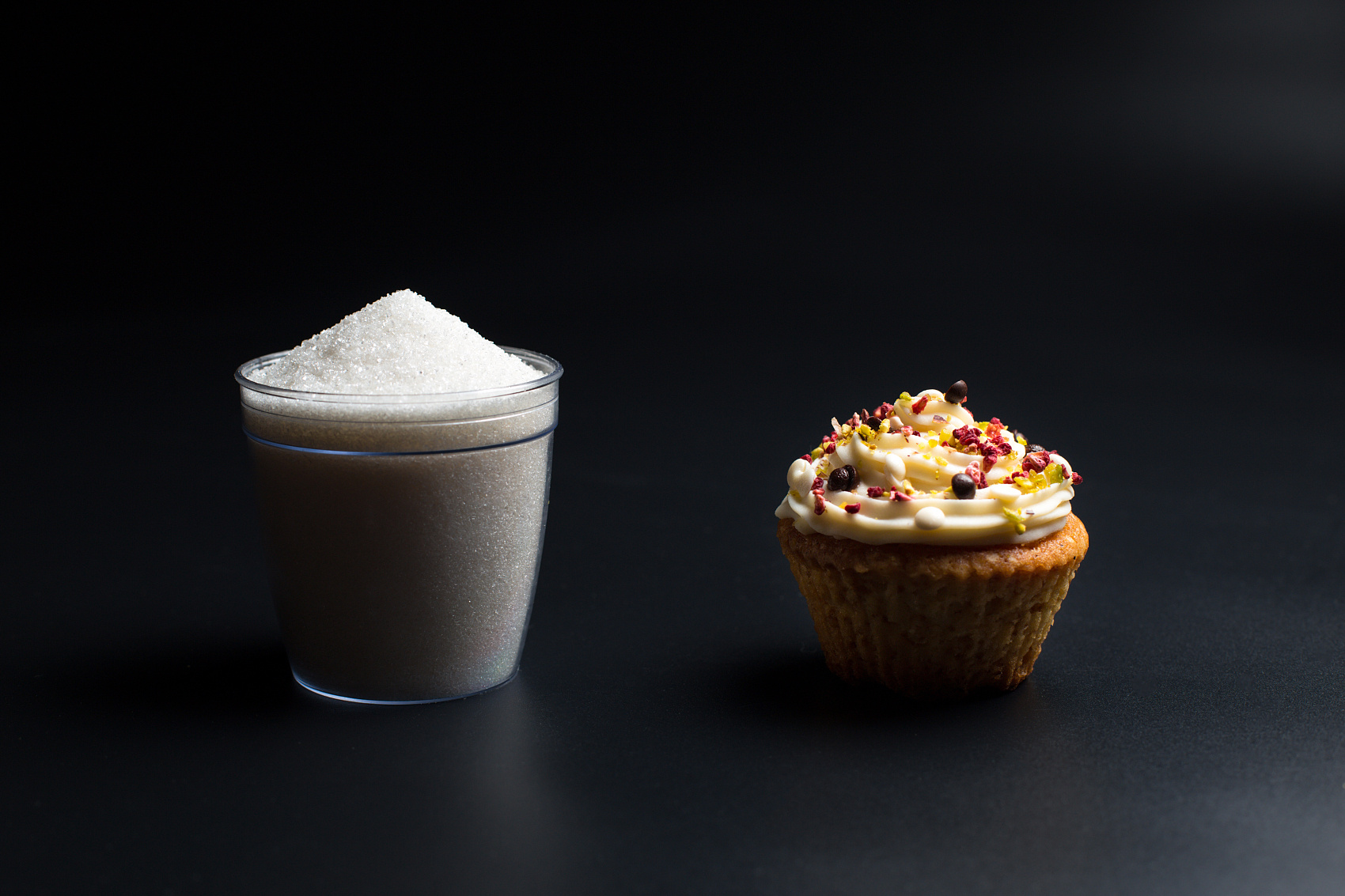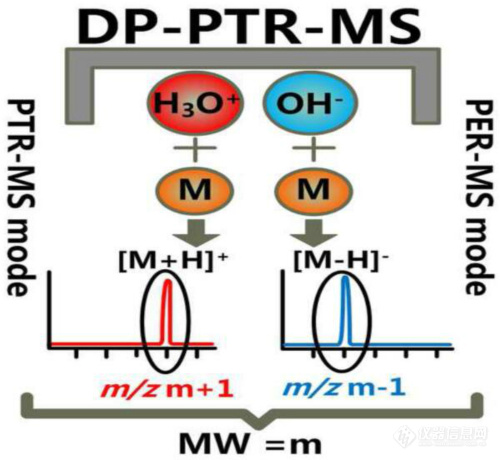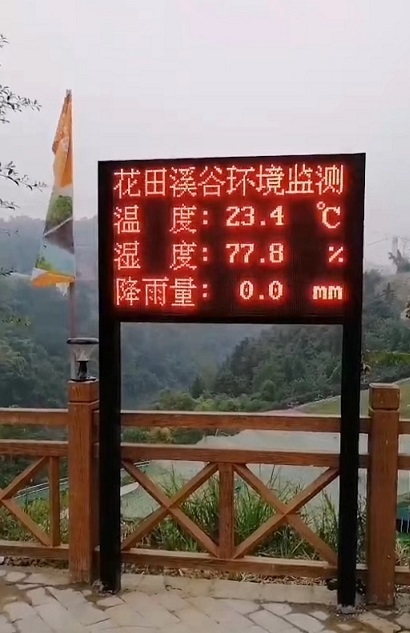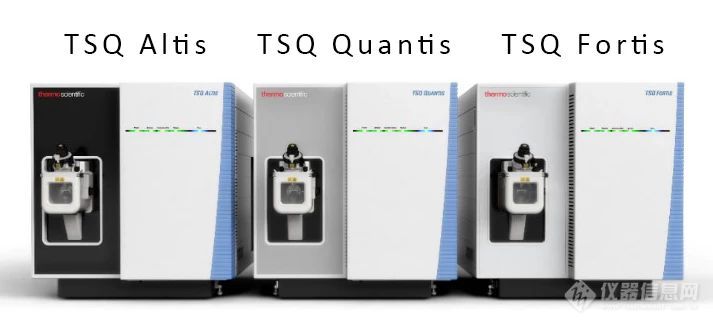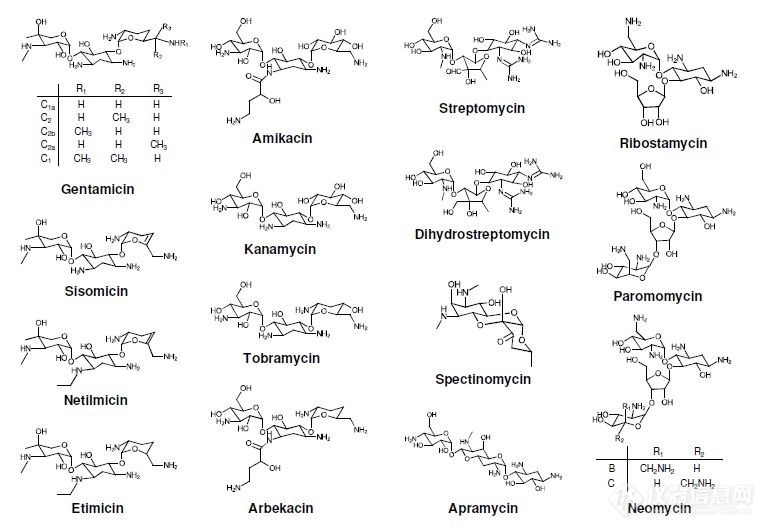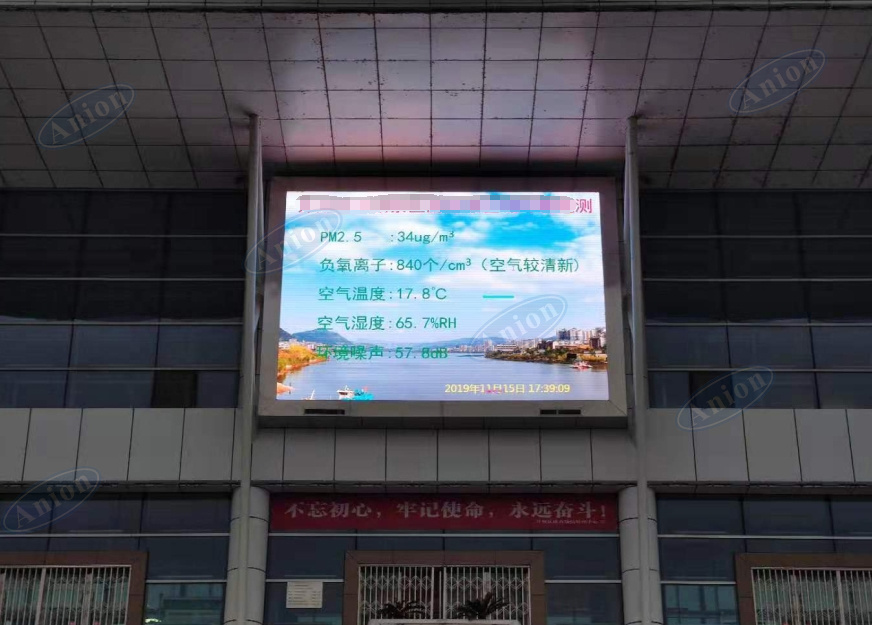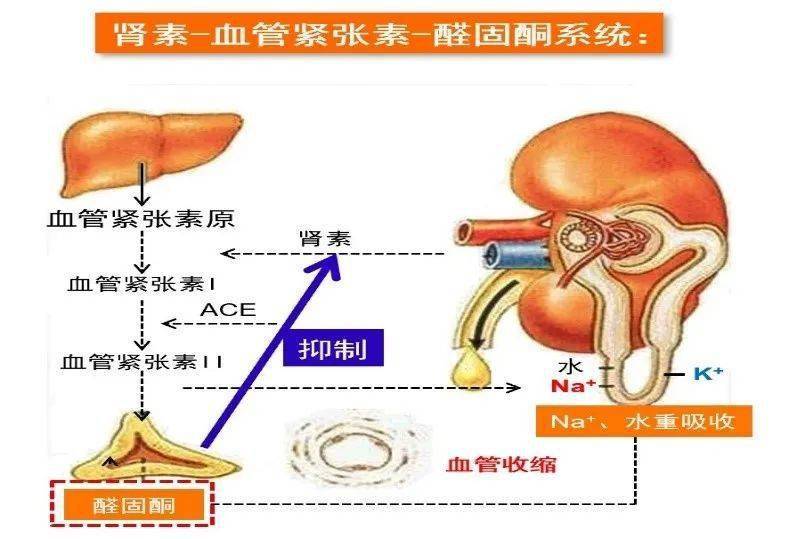一招直接检测赛马毛发中的违禁药物——成像质谱显微镜技术应用大解析
p style=" text-align: center" img style=" max-width:100% max-height:100% " src=" https://img1.17img.cn/17img/images/202006/uepic/1b29067b-1fd8-40e4-ad30-65ef06707ece.jpg" title=" 微信截图_20200619185620.png" alt=" 微信截图_20200619185620.png" / /p p style=" text-align: center " 由 Equine Racing Co. Co.,Ltd. 的首席执行官 Masaru Sese 先生提供 /p p style=" text-align: justify line-height: 1.75em text-indent: 2em " 1.简介 /p p style=" text-align: justify line-height: 1.75em text-indent: 2em " 在法医学领域,除尿液作为药物测试样品外,毛发样品也在不断引起研究者注意。由于通常药物作为尿代谢产物接收检测时,如果没能在药物清除前采集到尿液样品,就无法检测出来。而毛发中的药物则不会代谢掉,并且停留时间很长。换言之,尿液中的药物可能会在最后一次摄入后几天内,由于代谢和排泄的关系排除体外,而毛发样品的特点在于只要不修剪,即可长期保留摄入历史。 /p p style=" text-align: justify text-indent: 0em line-height: 1.75em " 目前,已将气相色谱质谱(GC-MS)和液相色谱质谱(LC-MS)等常规手段作为检测毛发样品的新方法,投入实际使用。采集的毛发经洗涤、干燥后,切割为约 5mm 至 1cm 长度,经提取、纯化后,进行分析。人类毛发平均每月增长 1cm,如果可以确定所测毛发的位置,即可确定“何时使用过药物”、“使用过何种药物”以及“用量多少”。请关注 Ono、Mizuno 等人的文献,该文献作为法医学领域的毛发分析提供参考,包括上述样品预处理方法 sup (1) - (3) /sup 。 /p p style=" text-align: justify text-indent: 0em line-height: 1.75em " 当前此类毛发分析方法不仅在人来源样品,同时在赛马药物检测领域引起了极大关注 sup (4)(5) /sup 。迄今报告用于马毛分析的测试样品均来自马鬃毛(以下简称“马毛”)。但是,马毛通常较长,需要充分洗涤和干燥来去除样品表面的污染物。另外,由于切割后所得样品数量很多,前处理过程也会十分麻烦。 /p p style=" text-align: justify text-indent: 0em line-height: 1.75em " 鉴于此,目前除 GC-MS 或 LC-MS 方法以外,已有报道使用质谱成像(MSI)技术进行毛发分析的新方法。利用 MSI,经预处理的毛发样品可被直接分析。近年来,Kamata 等发表使用 MSI 检测人类毛发中药物摄入史的开创性论文 sup (6) (7) /sup 。使用 MSI 检测毛发中的药物摄入史,则必须沿纵向去除毛发角质层,露出髓质。该过程十分困难, 因此如参考文献 6 所述,尽管制造专用装置进行该步骤,依然无法去除长度超过约 1-2cm 的角质层。与人的毛发不同,马的鬃毛很长,从而导致这一过程变得更加麻烦,因此目前尚未有在马毛中进行检测药物摄入的报道。本文将介绍使用MSI 技术检测马毛中甾体抗炎药磷酸地塞米松的应用实例,该马毛样品长 4cm,经手动方式去除角质层。 /p p style=" text-align: justify text-indent: 0em line-height: 1.75em " 2. 质谱成像 /p p style=" text-align: justify text-indent: 0em line-height: 1.75em " 在质谱分析时,分子被离子化,根据其在电场和磁场中的位移差来测量其质量(实际为 m/z 值,将质量除以离子所带电荷数)。如前所述,MSI 与使用现有 GC-MS 和LC-MS 方法的不同之处在于,无需进行提取,可直接分析样品表面,获得待测药物空间分布信息。 /p p style=" text-align: justify text-indent: 0em line-height: 1.75em " 通常的实验步骤包括准备样品切片,并将其放置在ITO 导电玻璃上。随后样品被电离并进行质谱分析。在分析时,确定样品检测区域和测量点间的间隔, 获取每个测量点的质谱图及对应位置信息。获取所有测量点质谱图后,选择与目标分子对应的m/z, 并根据其强度分布获得目标分子的定位信息。与常规成像技术不同,IMS 不需要进行免疫化学染色或 span style=" text-indent: 0em " GFP 标记等。由于直接获得分子量信息,可区分目标化合物的原型及其代谢物 由于能够同时电离多种化合物并进行质谱检测,可在一次分析中获得多种不同物质的定位信息。 /span /p p style=" text-align: justify text-indent: 0em line-height: 1.75em " 3. iMScope i TRIO /i 的开发理念 /p p style=" text-align: justify text-indent: 0em line-height: 1.75em " 目前,可以在多种质谱仪上进行 MSI 实验,可选择的离子源以及质谱种类也是各种各样。自 2004 年以来,作者与岛津株式会社(8)合作开发iMScope TRIO& #8482 成像质谱显微镜,目前正在大阪大学岛津分析创新研究实验室(9)进行各种相关应用研究。 /p p style=" text-align: justify text-indent: 0em line-height: 1.75em " iMScope TRIO 的开发理念如图 1 所示。尽管普通显微镜可以观察组织结构,但很难获取相关各种组分的信息。另一方面,iMScope TRIO 将对样品的显微观察和基质辅助激光解吸电离(MALDI)技术相结合从而进行成像质谱分析。 /p p style=" text-align: center" img style=" max-width:100% max-height:100% " src=" https://img1.17img.cn/17img/images/202006/uepic/2029d9c6-f5b4-43f7-b811-16f72c0baad9.jpg" title=" 1.png" alt=" 1.png" / /p p style=" text-align: center text-indent: 0em line-height: 1.75em " 图 1 iMScope i TRIO /i & #8482 成像质谱显微镜的理念 /p p style=" text-align: justify text-indent: 0em line-height: 1.75em " 使用常规显微镜,可区分样品结构上的差异,但是难以获取相关化学成分的信息。相比之下,iMScope i TRIO /i & #8482 可同时进行光学显微观察和质谱检测,获得对应组分的强度分析信息。 /p p style=" text-align: center" img style=" max-width:100% max-height:100% " src=" https://img1.17img.cn/17img/images/202006/uepic/a181f299-6dcb-4cff-a093-46608a9dd1f2.jpg" title=" 2.png" alt=" 2.png" / /p p style=" text-align: center text-indent: 0em line-height: 1.75em " 图 2 本研究中使用的分析设备 /p p style=" text-align: justify text-indent: 0em line-height: 1.75em " (A) iMLayer& #8482 :基质升华仪,(B)iMScope i TRIO /i & #8482 :成像质谱检测,以及(C)iMScope i TRIO /i & #8482 系统的示意图。该系统在大气压下进行样品的显微镜观察,并使用 MALDI 电离方式,生成的离子引入离子阱并由飞行时间质谱仪进行检测。 /p p style=" text-align: justify text-indent: 0em line-height: 1.75em " 4. 实验方法 /p p style=" text-align: justify text-indent: 0em line-height: 1.75em " 本研究使用 iMLayer& #8482 基质升华仪进行 MALDI 基质涂敷(图 2(A))。所用基质为 α-氰基-4-羟基肉桂酸(α-CHCA,Merck)和 9-氨基吖啶(9-AA, 东京化学工业有限公司),分别用于正离子模式分析和负离子模式分析,通过 iMLayer 涂敷在样品表面上厚度为 0.5 μm。正离子模式分析中,基质升华后,使用喷枪手动喷涂 α-CHCA 溶液(10 mg/ml, 使用 30%乙腈/0.1%甲酸溶液) sup (10) /sup 。负离子模式分析中,9-AA 升华后,将 5%的甲醇蒸气喷覆于样品表面 3 秒钟,进行重结晶 sup (11) /sup 。 /p p style=" text-align: justify text-indent: 0em line-height: 1.75em " 使用iMScope i TRIO /i 进行检测(图 2(B),(C))。如上所述,iMScope TRIO 配有光学显微镜,可在大气压下获得样品表面图像,同时配置大气压MALDI 离子源。MALDI 所用激光器为 Nd:YAG 激光器,频率为 1 kHz。在大气压下产生的离子通过差级真空系统导入质量分析单元,并由离子阱飞行时间质谱仪检测。质量范围(m/z)在 50-3000 之间,本次目标药物磷酸地塞米松为小分子药物,质量范围设定至m/z1000。 /p p style=" text-align: justify text-indent: 0em line-height: 1.75em " 图 3(A)显示该样品的的分析流程。基本过程: span style=" text-indent: 0em " 采集马毛、去除角质层、涂覆基质、使用 iMScope /span i style=" text-indent: 0em " TRIO /i span style=" text-indent: 0em " 检测成像。用浸有蒸馏水的布擦拭所采集每一束马毛的表面。该方式仅针对 MSI 可行,因为MSI 无需提取即可直观分析样品。相反,在已有方法中,如清洗不充分,在提取过程中会发生污染问题。清洁马毛表面后,立即干燥马毛。将干燥后的马毛固定于黏贴导电双面胶带的 ITO 载玻片(Matsunami Glass Ind.,Ltd.)上,并使用切片刀在立体显微镜下从毛囊末端开始去除角质层,如图3(B)所示。由于马毛的直径约为人类毛发直径的两倍(约 200μm),因此即使通过手动操作,也可轻松去除表面。除去角质层后,将剩余附着于 ITO 玻璃载玻片上的毛发作为待测样品,涂覆基质并进行检测。 /span /p p style=" text-align: justify text-indent: 0em line-height: 1.75em " 本研究所使用药物为地塞米松磷酸钠(DexaSP),为一类甾体类抗炎药。DexaSP 可使用 9-AA 基质直接以负离子模式进行检测。或者,通过用吉拉德T 试剂(GirT)对DexaSP 进行衍生化,提高正离子模式的离子化效率(图 4) sup (12) /sup 。 /p p style=" text-align: center" img style=" max-width:100% max-height:100% " src=" https://img1.17img.cn/17img/images/202006/uepic/6d74094f-3a75-4167-8954-e714ae6c80a0.jpg" title=" 3.png" alt=" 3.png" / /p p style=" text-align: center text-indent: 0em line-height: 1.75em " 图 3(A)分析流程和(B)马毛表皮去除方法 /p p style=" text-indent: 0em line-height: 1.75em text-align: center " 在立体显微镜下使用冷冻切片机刀片去除角质层,暴露出髓质 /p p style=" text-align: center" img style=" max-width:100% max-height:100% " src=" https://img1.17img.cn/17img/images/202006/uepic/60fdbd8b-a130-43a6-87b2-c4fd636464d0.jpg" title=" 4.png" alt=" 4.png" / /p p style=" text-align: center text-indent: 0em line-height: 1.75em " 图 4 地塞米松磷酸钠(DexaSP)是靶向药物 /p p style=" text-align: justify text-indent: 0em line-height: 1.75em " 如进行正离子模式检测,将以 Gir T 试剂作为衍生试剂生成的 DexaSP 衍生物作为检测目标。对于负离子模式检测,将无变化的 DexaSP 作为检测目标。 /p p style=" text-align: justify text-indent: 0em line-height: 1.75em " 5. 结果 /p p style=" text-align: justify text-indent: 0em line-height: 1.75em " 图5 显示使用标准品在正离子模式和负离子模式获得的检测结果。 span style=" text-indent: 0em " 如前所述,在正离子模式检测中,将 GirT 衍生后的 DexaSP 衍生物作为检测目标,而在负离子模式检测中,将无变化 DexaSP 作为检测目标。正离子模式下, 使用α-CHCA 检测,DexaSP 衍生物的质荷比为 m/z 586.267,对应[GirT-DexaSP-2Na + 2H] +离子。另一方面,负离子模式中,使用 9-AA 检测, [DexaSP-H]- 的质荷比为 471.160。两种模式下均观察到 DexaSP 由来的峰,但鉴于前处理所需时间且负离子模式强度约高出正离子模 式 100 倍,决定使用 9-AA 在负离子模式下对马毛进行检测。 /span /p p style=" text-align: justify text-indent: 0em line-height: 1.75em " 分析可疑马毛样本时,需进行对照实验,检测未给予 DexaSP 的马毛样品,确认没有 m/z 471.160 离子的出现(图 6(A))。图 6(B)显示地塞米松磷酸酯给药后马毛的质谱成像结果。该测试样品于 2017 年 7 月 13 日采集的马毛,该马匹在 2017 年 6 月上旬,连续 3 天注射 15 至 20 mL 0.1%的地塞米松磷酸钠水溶液(Fujita Pharmaceutical Co)。iMScope TRIO 的测量间隔在 x 方向上为 80 μm,在y 方向上为 5 μm,激光斑点大小为 2(系统参数)。 /p p style=" text-align: justify text-indent: 0em line-height: 1.75em " 在该实验中,测量总长为 4cm 的马毛,将其划分为1cm 的区间分别进行检测。在图 6(B)中,所得数据虽然分为 4 个部分,但马毛样本并未被分割: 4cm 长的马毛被固定在 ITO 载玻片上。从毛囊向尖端进行扫描,并在距毛囊约 16.48 mm 处,检测到较高强度地塞米松磷酸酯信号。该结果是首次从毛发中直接检测到原本会于体内迅速代 谢的磷酸酯,具有重要意义。此处质谱成像结果使用绝对强度来表示峰强度,并在 300-1500 强度范围内以多色带显示。在这一结果中暖色表示较高的峰强度。 /p p style=" text-align: center" img style=" max-width:100% max-height:100% " src=" https://img1.17img.cn/17img/images/202006/uepic/d2a0f5a7-7467-4895-8488-c1387c81251f.jpg" title=" 5.png" alt=" 5.png" / /p p style=" text-align: center text-indent: 0em line-height: 1.75em " 图 5 标准品的检测结果 /p p style=" text-align: justify text-indent: 0em line-height: 1.75em " 正离子模式和负离子模式均可获得信号,但考虑前处理的简便性和离子强度的差异,选择负离子模式进行检测。 /p p style=" text-align: center" img style=" max-width:100% max-height:100% " src=" https://img1.17img.cn/17img/images/202006/uepic/f4d9af67-3298-4f85-9e23-22c90acd07f8.jpg" title=" 6.png" alt=" 6.png" / /p p style=" text-align: center text-indent: 0em line-height: 1.75em " 图 6 马毛中 DexaSP 分布检测结果 /p p style=" text-align: justify text-indent: 0em line-height: 1.75em " (A)是未给药马匹的马毛检测结果,作为阴性对照 (B)给药后马匹的马毛中检测结果(注射 15-20 mL 由 Fujita Pharmaceutical Co.提供的 0.1%地塞米松磷酸钠水溶液,浓度 1.315 mg/mL, 连续注射 3 天。)用 iMScope TRIO& #8482 扫描从毛囊开始 4 cm 长度的马毛样本。记录每 1 cm 马毛的检测结果。在距毛囊 16.48 mm 处观察到目标药物最大强度。由于马毛平均每月以 2.0 cm 的速度生长,可判断在采样日期前 25 天给药。 /p p style=" text-align: justify text-indent: 0em line-height: 1.75em " 6. 讨论 /p p style=" text-align: justify text-indent: 0em line-height: 1.75em " 本实验中,根据目标化合物离子化效果选择负离子模式进行分析,成功在马毛中检测出目标药物。给药后的马毛样本中,在距毛囊 16.48 mm 位置处观察到药物的强大信号。马毛的平均生长速度为每月2cm,是人类的两倍。 基于该生长速率以及最大强度信号距离毛囊的位置估算给药时间,大约在24-25 天前。根据给药记录,该药物在采集毛发前约一个月给药,通过对比该信息,认为药物定位正确。 /p p style=" text-align: justify text-indent: 0em line-height: 1.75em " 另一方面,尽管离子强度较低,但是在毛囊附近依然检测到一些信号。经确认质谱图,发现该信号源自噪声,由此认为进一步提高离子化效率和信噪比对分析实际样品十分重要。为达到这一目标,可能需要进一步改进基质涂覆方法或选择其他基质。 /p p style=" text-align: justify text-indent: 0em line-height: 1.75em " 7. 总结与展望 /p p style=" text-align: justify text-indent: 0em line-height: 1.75em " 地塞米松磷酸钠是一种经获准使用的抗炎药,但禁止在比赛前使用 sup (13) /sup 。最近一次在 2016 年 12 月东京大奖赛上,冠军赛马阿波罗肯塔基在赛后发现使用过这一药物的事件依然记忆犹新。本次结果是将iMLayer 基质升华与iMScope i TRIO /i 成像质谱分析相结合,应用于违禁药物检测领域的首个示例。 /p p style=" text-align: justify text-indent: 0em line-height: 1.75em " 此外,由于磷酸酯可在体内迅速代谢,直接在毛发中检测到未变化药物同样是一项十分重要的成果。另一方面,由于在成像结果中存在大量噪声,有必要对毛发预处理流程进行进一步优化,提高离子强度。从该检测结果来看,探索对可检测药物(包括合成类固醇类)定量分析方法的建立也是必不可少的。尽管该应用仍存在许多问题以待解决,但我们依然认为iMScope i TRIO /i 的潜力十分值得期待。 /p p style=" text-align: justify text-indent: 0em line-height: 1.75em " 8. 马毛分析的可能性 /p p style=" text-align: justify text-indent: 0em line-height: 1.75em " 当前,世界范围内关于赛马违禁药物控制的讨论很多, 讨论赛马违禁药物检测和赛马伤害保护(ICRAV:国际赛马分析专家和兽医会议)的国际会议每两年召开一次。2018 年,在阿拉伯联合酋长国的迪拜举行该会议,作者首次参加并介绍了这项研究结果。图 7 显示了会场和 Meydan 赛马场的景色。能够在世界顶级赛马场之一的 Meydan 赛马场旁会议厅中展示这项研究,是迄今为止作者一生中最难忘的事件之一。 /p p style=" text-align: justify text-indent: 0em line-height: 1.75em " 通常,来自日本的参会者均为 JRA 相关人员或赛马化学实验室的研究人员,而作者则是大学中唯一的参会者。不仅如此,来自香港赛马会、澳大利亚赛马会和其他地方的研究人员对使用 IMS 进行药物检测产生了浓厚兴趣并寄予厚望,讨论非常活跃。 /p p style=" text-align: justify text-indent: 0em line-height: 1.75em " 2018 年 11 月,在撰写本文时,岩手赛马比赛中参赛的赛马 Ubatouban 被检测出使用禁用药品去氢睾酮(14)。今后,我将继续改进和优化该检测方法(包括简化毛发前处理技术),使这种来自日本的新型检测方法在世界赛马领域中用以进行违禁药品检测。 /p p style=" text-align: justify text-indent: 0em line-height: 1.75em " 作者同时还得到岛津制作所的大力支持, 并与Equine Racing Co., Ltd.的全体员工进行广泛合作,其中来自Equine Racing Co., Ltd.的代表人也是本文的合著者。 /p p style=" text-align: justify text-indent: 0em line-height: 1.75em " 作者将在图8 中展示马毛采样图片以及作者和合著者的最新照片作为本文的结尾。 /p p style=" text-align: center" img style=" max-width:100% max-height:100% " src=" https://img1.17img.cn/17img/images/202006/uepic/ee91fa21-88d0-4e07-a965-a1df9ad924ef.jpg" title=" 7.png" alt=" 7.png" / /p p style=" text-align: center text-indent: 0em line-height: 1.75em " 图 7 ICRAV2018 /p p style=" text-align: justify text-indent: 0em line-height: 1.75em " (A)、(B)ICRAV 2018 会场的场景,(C)举行 ICRAV 的 Meydan 赛马场。Meydan 赛马场景色壮观,其规模和完备程度在日本也数一数二。 /p p style=" text-align: center" img style=" max-width:100% max-height:100% " src=" https://img1.17img.cn/17img/images/202006/uepic/6a43445f-916c-4ab3-9fb7-890880d85bf3.jpg" title=" 8.png" alt=" 8.png" / /p p style=" text-align: center text-indent: 0em line-height: 1.75em " 图 8 参观 Equine Racing Co., Ltd. /p p style=" text-align: justify text-indent: 0em line-height: 1.75em " (A)Equine Racing Co., Ltd.的工作人员介绍马匹。(B)在马腿上可以看到的称为“栗子”的部分:角质化的退化拇指(C) 鬃毛采样 (D)作者(右)和合著者(左)的近期照片。 /p p style=" text-align: justify text-indent: 0em line-height: 1.75em " 参考文献 /p p style=" text-align: justify text-indent: 0em line-height: 1.75em " (1) Masahiro Ohno (2005) Asahi Law Review, 32, 144-199 /p p style=" text-align: justify text-indent: 0em line-height: 1.75em " (2) Dai Mizuno (2017) Analysis, 12, 589-590 /p p style=" text-align: justify text-indent: 0em line-height: 1.75em " (3)Shima N et al. (2017) Drug. Metab. Dispos., 45, 286-293, https://doi.org/10.1124/dmd.116.074211 /p p style=" text-align: justify text-indent: 0em line-height: 1.75em " (4)Wong JKY et al. (2018) J. Pharm. Biomed. Anal., 158, 189-203, a href=" https://doi.org/10.1016/j.jpba.2018.05.043" _src=" https://doi.org/10.1016/j.jpba.2018.05.043" https://doi.org/10.1016/j.jpba.2018.05.043 /a /p p style=" text-align: justify line-height: 1.75em text-indent: 2em " span style=" text-indent: 0em " (5) Madry MM et al. (2016) BMC Vet. Res., 12, 84, /span a href=" https://doi.org/10.1186/s12917-016-0709-5" _src=" https://doi.org/10.1186/s12917-016-0709-5" style=" text-indent: 0em " https://doi.org/10.1186/s12917-016-0709-5 /a /p p style=" text-align: justify line-height: 1.75em text-indent: 2em " span style=" text-indent: 0em " (6)Kamata T et al. (2015) Anal. Chem., 87, 576-81, https://pubs.acs.org/doi/10.1021/acs.analchem.5b00 971 /span /p p style=" text-align: justify text-indent: 0em line-height: 1.75em " (7)Hang W, Ying Wang (2017) Anal. Chimica Acta, 975, 42-51, a href=" https://doi.org/10.1016Zj.aca.2017.04.012" _src=" https://doi.org/10.1016Zj.aca.2017.04.012" https://doi.org/10.1016Zj.aca.2017.04.012 /a /p p style=" text-align: justify line-height: 1.75em text-indent: 2em " span style=" text-indent: 0em " (8)Harada T et al. (2009) Anal. Chem., 81,9153-7, https://doi.org/10.1021/ac901872n /span /p p style=" text-align: justify text-indent: 0em line-height: 1.75em " (9) https://www.shimadzu.co.jp/labcamp/ /p p style=" text-align: justify text-indent: 0em line-height: 1.75em " (10)Shimma S et al. (2013) J. Mass Spectrom., 48, 1285-90, https://doi.org/10.1002/jms.328 /p p style=" text-align: justify text-indent: 0em line-height: 1.75em " (11)Nakamura J et al. (2017) Anal. Bioanal. Chem., 409, 1697-1706, a href=" https://10.1007/s00216-016-0118-4" _src=" https://10.1007/s00216-016-0118-4" https://10.1007/s00216-016-0118-4 /a /p p style=" text-align: justify line-height: 1.75em text-indent: 2em " span style=" text-indent: 0em " (12) Shimma S et al.(2016) Anal. Bioanal. Chem., 408, 7607-7615, /span span style=" text-indent: 0em " https://doi.org/10.1007/s00216-016-9594-9 /span /p p style=" text-align: justify text-indent: 0em line-height: 1.75em " (13) http://company.jra.jp/0000/law/law07/07.pdf /p p style=" text-align: justify text-indent: 0em line-height: 1.75em " (14) http://www.iwatekeiba.or.jp/news/180915i /p p br/ /p




